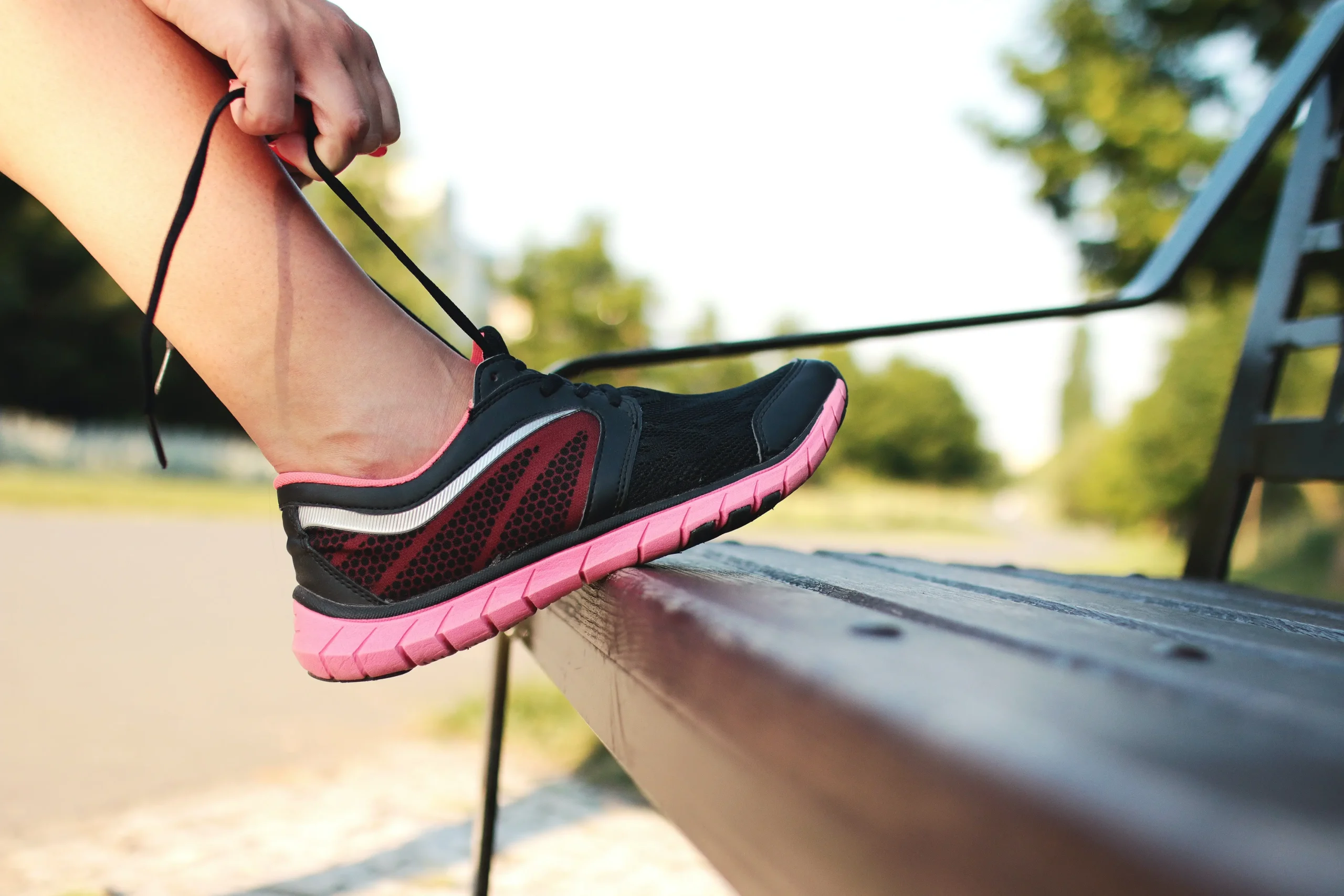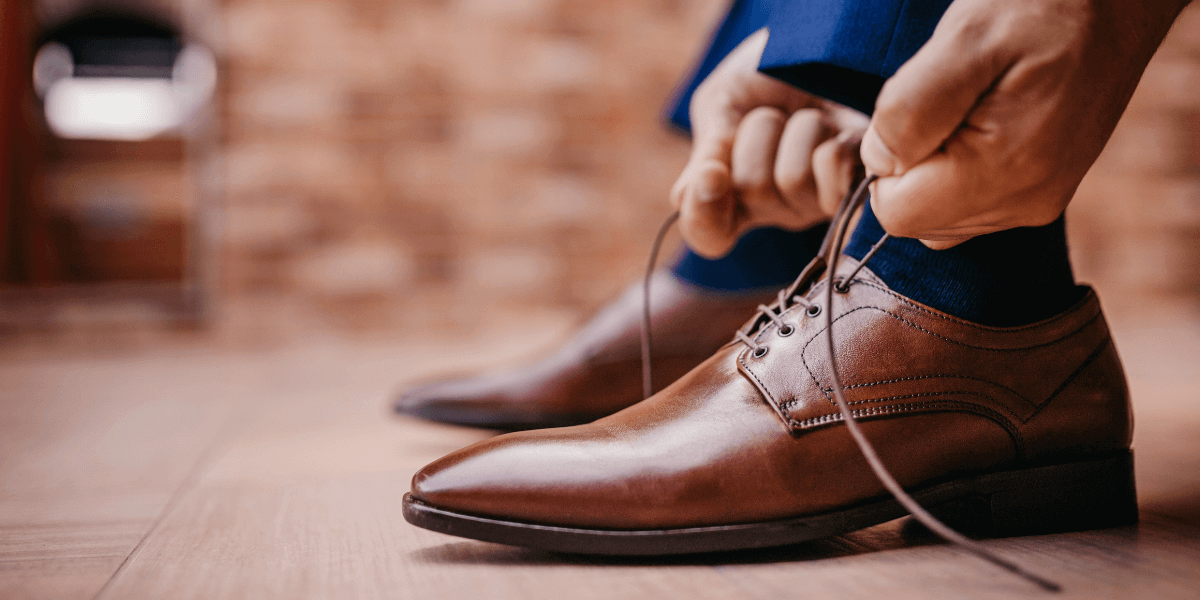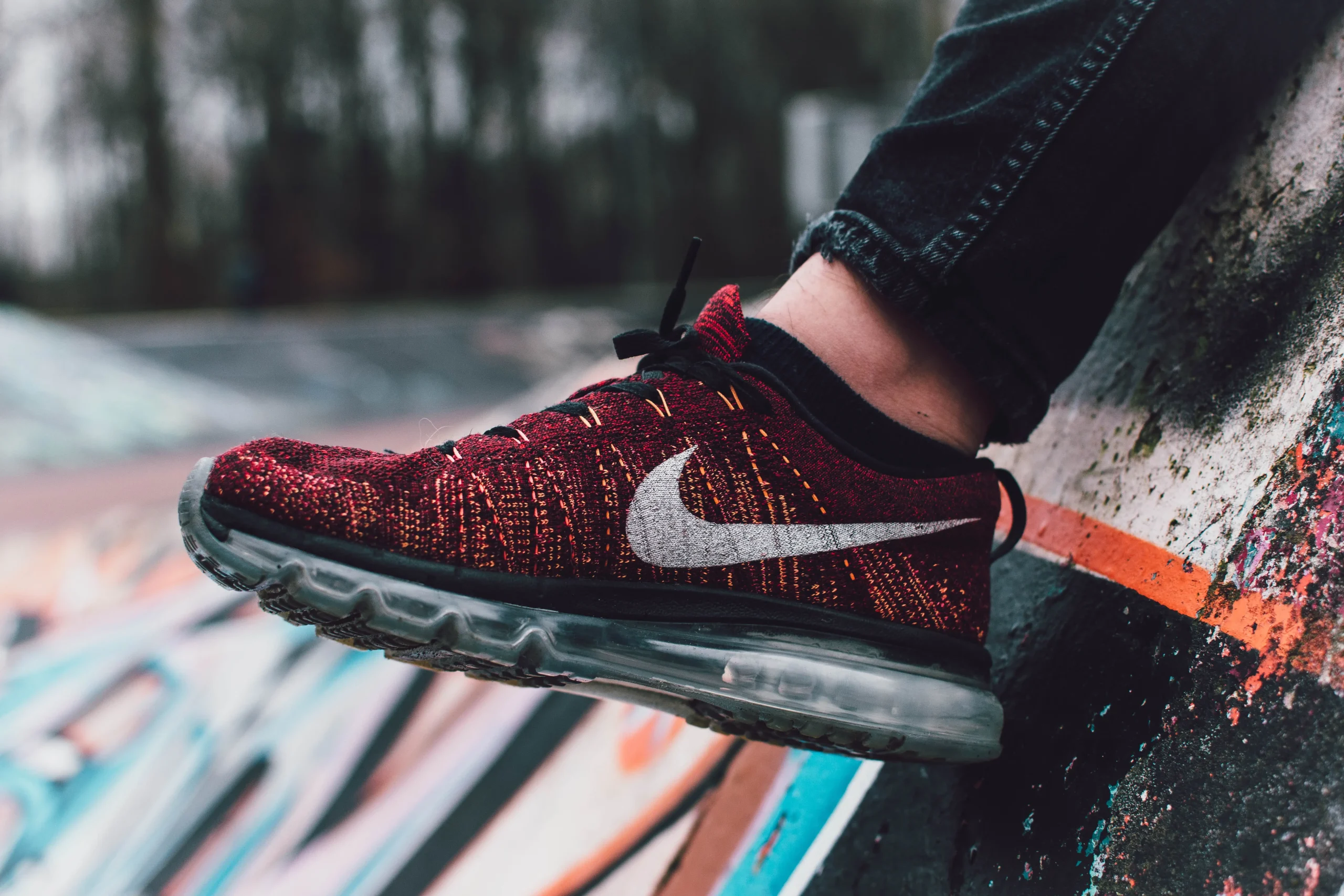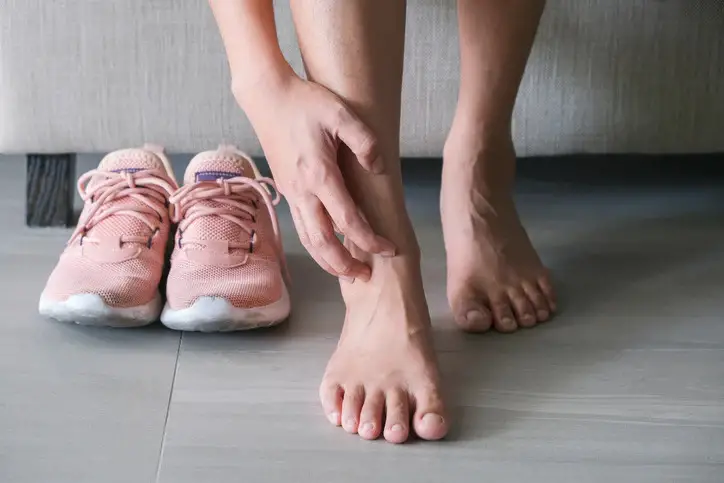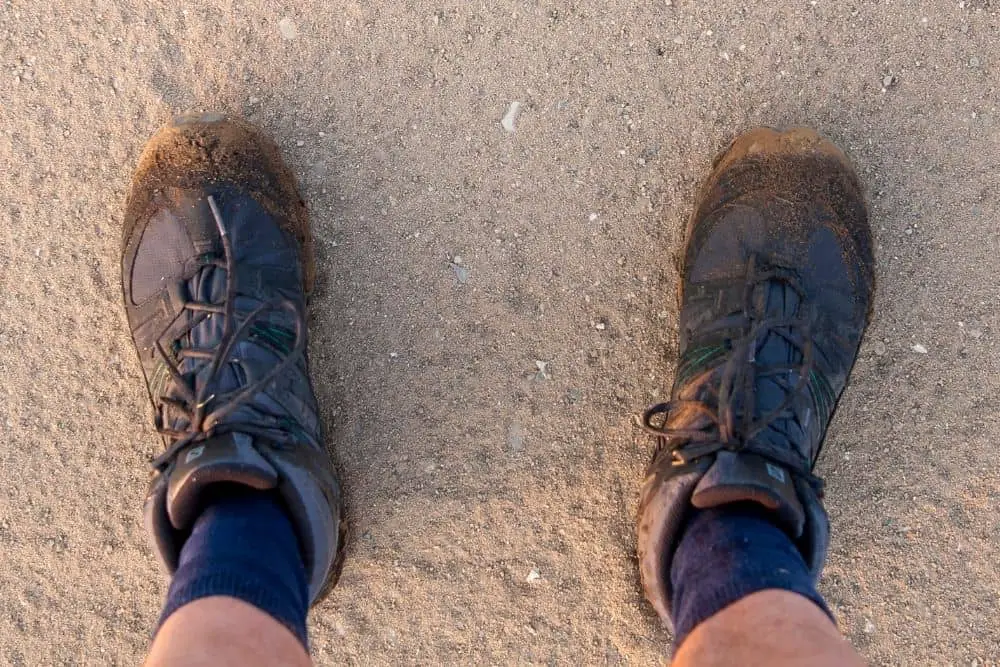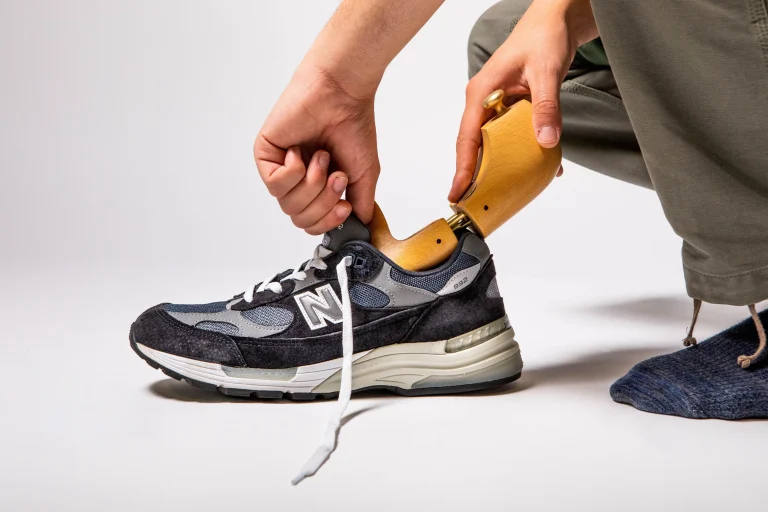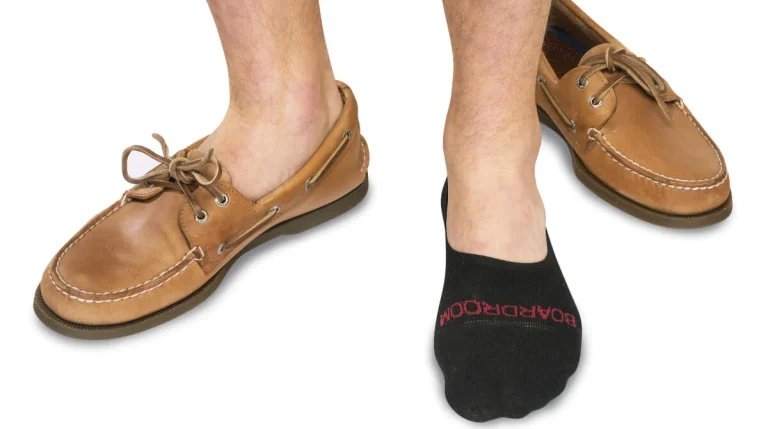Can You Use Running Shoes For Volleyball?
Proper footwear is essential in any sport, as it provides the necessary support, stability, and traction for optimal performance and injury prevention. When it comes to volleyball, using the right shoes is crucial. However, some individuals may wonder if they can use their running shoes for volleyball. In this article, we will explore the differences between running shoes and volleyball shoes, and discuss the impact of using running shoes for volleyball.
We will also highlight the importance of wearing proper volleyball shoes and provide alternatives for those who do not have access to volleyball-specific footwear. By understanding the significance of appropriate footwear, athletes can make informed decisions to enhance their performance and safety on the volleyball court.
Differences between running shoes and Volleyball shoes

Design and features of running shoes
- Cushioning: Running shoes are designed to provide ample cushioning to absorb impact during running.
- Heel-to-toe drop: Running shoes often have a higher heel-to-toe drop to facilitate forward motion during running.
- Flexibility: Running shoes are designed to be flexible to accommodate the natural movement of the foot while running.
- Weight: Running shoes are generally lighter in weight to promote speed and agility.
Design and features of volleyball shoes
- Lateral support: Volleyball shoes are specifically designed to provide lateral support to prevent ankle rolling during quick lateral movements.
- Stability: Volleyball shoes have a wider base and more stability features to support quick changes in direction.
- Traction: Volleyball shoes have specialized rubber outsoles with patterns that provide excellent traction on indoor court surfaces.
- Durability: Volleyball shoes are built to withstand the demands of the sport, with reinforced toe caps and durable materials.
Impact of using running shoes for volleyball

Lack of lateral support and stability
- Running shoes are not designed to provide the same level of lateral support as volleyball shoes.
- This lack of support can increase the risk of ankle injuries during quick lateral movements and jumps.
Increased risk of ankle injuries
- Without proper lateral support, running shoes may not adequately stabilize the ankle, leading to a higher risk of sprains and twists.
- Volleyball involves frequent side-to-side movements and jumps, making ankle stability crucial.
Reduced traction on the court
- Running shoes may not have the specialized rubber outsoles with patterns designed for optimal traction on indoor court surfaces.
- Insufficient traction can result in slips and slides, compromising performance and potentially causing injuries.
Potential impact on performance and agility
- Running shoes may not provide the necessary stability and responsiveness required for quick changes in direction and explosive movements.
- The lack of specific design features in running shoes can hinder agility, speed, and overall performance on the volleyball court.
Read More: Can You Use Basketball Shoes For Tennis?
Read More: Is Tennis Shoes Same As Badminton Shoes
When is it OK to Use Running Shoes for Volleyball?
While it is generally recommended to use volleyball-specific shoes for optimal performance and safety, there may be certain situations where using running shoes for volleyball is acceptable. Here are a few scenarios where running shoes can be used:
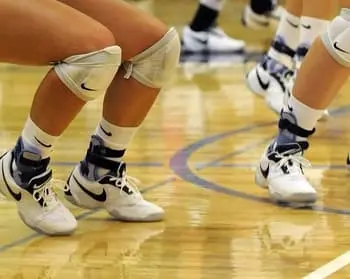
Recreational or casual play
If you are playing volleyball in a non-competitive or casual setting, such as a backyard or beach game, running shoes may be sufficient. The lower intensity and reduced frequency of movements in these settings may not require the same level of support and traction as in competitive play.
Limited availability of volleyball shoes
If you do not have access to volleyball-specific shoes and need to participate in a volleyball game or practice, using running shoes temporarily can be a viable option. However, it is important to be aware of the potential limitations and risks associated with using running shoes.
Cross-training activities
If you engage in cross-training activities that involve both running and volleyball, such as circuit training or multi-sport workouts, using running shoes can be suitable. These shoes can provide the necessary cushioning and support for running while still allowing you to participate in volleyball drills or games.
It is important to note that even in these situations, using running shoes for volleyball should be a temporary solution. Investing in proper volleyball shoes as soon as possible is recommended to ensure optimal performance, safety, and injury prevention on the volleyball court.
Importance of wearing proper volleyball shoes
Wearing proper volleyball shoes is of utmost importance for any volleyball player. These specialized shoes provide enhanced lateral support and stability, crucial for preventing ankle injuries during quick lateral movements.
The traction and grip offered by volleyball shoes on indoor court surfaces are unmatched, allowing players to make quick movements, jumps, and changes in direction without the fear of slipping or sliding. Additionally, proper volleyball shoes minimize the risk of ankle injuries by providing the necessary ankle support and stability.
They are design specifically for the demands of the sport, prioritizing agility, quick movements, and explosive jumps. By wearing proper volleyball shoes, players can optimize their performance, reduce the risk of injuries, and feel confident in their movements on the court.
Investing in the right footwear is essential for both competitive and recreational players to ensure a safe and enjoyable volleyball experience.
Alternatives to Volleyball Shoes: Are Cross-Training Shoes a Viable Option?
Cross-training shoes can be a viable alternative to volleyball shoes for those who engage in multiple activities and need a versatile shoe. These shoes offer a balance of cushioning, support, and flexibility to accommodate various movements and training needs.
While they may not have the same specialized features as volleyball shoes, such as specific lateral support or traction patterns, cross-training shoes can still provide adequate support and cushioning for volleyball. They are also cost-effective and convenient, as they eliminate the need for multiple pairs of shoes.
However, it is important to consider the specific demands of volleyball and assess the performance trade-offs before opting for cross-training shoes. Trying on both cross-training shoes and volleyball shoes can help determine which option best meets individual needs and enhances performance on the volleyball court.
Finding the Right Shoe for Your Volleyball Needs
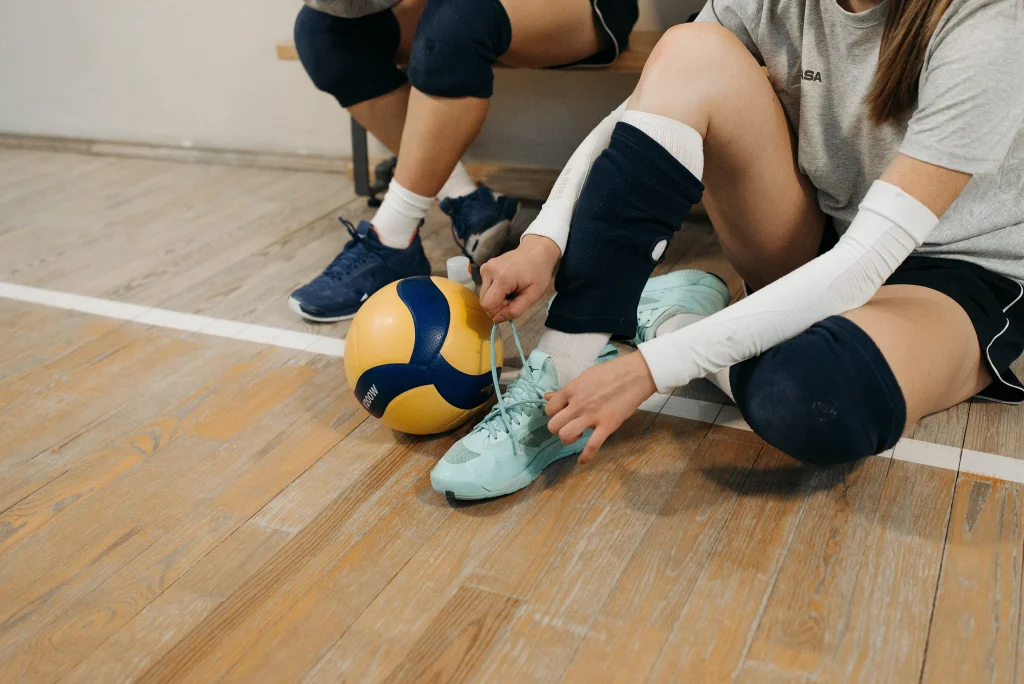
Understand your specific needs
- Assess your playing style and position in volleyball to determine the specific requirements for your shoes.
- Consider factors such as your foot type, arch support needs, and any previous foot or ankle injuries.
Look for volleyball-specific shoes
- Opt for shoes that are specifically design for volleyball to ensure they meet the demands of the sport.
- These shoes often have features like lateral support, stability, cushioning, and traction that are essential for volleyball movements.
Consider the shoe’s construction and features
- Look for shoes with a supportive midsole and cushioning to absorb impact during jumps and landings.
- Check for a secure and comfortable fit, with features like padded collars and breathable materials.
- Consider the outsole’s grip and traction on indoor court surfaces to ensure stability and quick movements.
Try on different brands and models
- Visit a specialty sports store and try on various brands and models to find the best fit for your feet.
- Walk, jump, and perform volleyball movements in the shoes to assess their comfort, support, and overall feel.
Seek professional advice if needed
- If you have specific foot conditions or concerns, consult with a podiatrist or sports specialist for personalized recommendations.
- They can provide guidance on the right shoe type, orthotic inserts, or modifications that may be beneficial for your needs.
Finding the right shoe for your volleyball needs is crucial for performance, comfort, and injury prevention. Take the time to research, try on different options, and consider professional advice if necessary. By investing in the right footwear, you can optimize your game and enjoy playing volleyball to the fullest.
Conclusion
While it is technically possible to use running shoes for volleyball, it is not recommend. Running shoes lack the specific design features necessary for volleyball, such as lateral support, stability, and traction. This can increase the risk of ankle injuries, reduce performance and agility, and compromise traction on the court.
Proper volleyball shoes are design to provide the optimal support, stability, and traction required for the sport. They minimize the risk of injuries, enhance performance, and ensure safe and efficient movements on the volleyball court.

